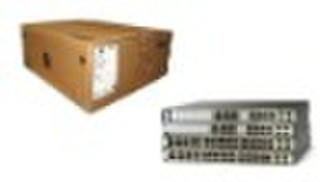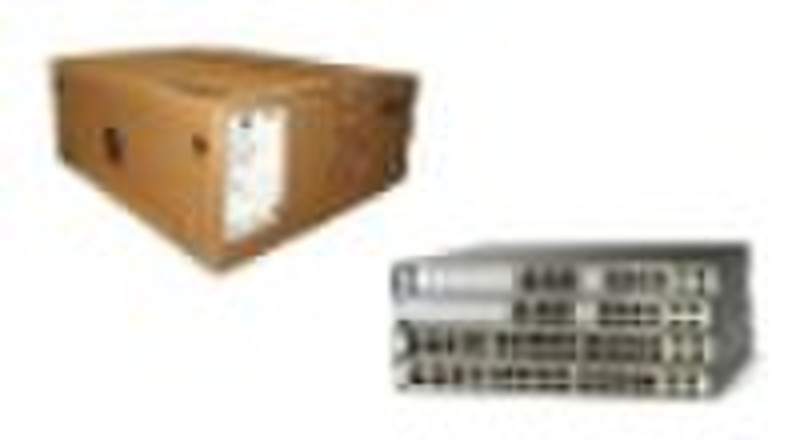Catalog
-
Catalog
- Agriculture
- Apparel
- Automobiles & Motorcycles
- Beauty & Personal Care
- Business Services
- Chemicals
- Construction & Real Estate
- Consumer Electronics
- Electrical Equipment & Supplies
- Electronic Components & Supplies
- Energy
- Environment
- Excess Inventory
- Fashion Accessories
- Food & Beverage
- Furniture
- Gifts & Crafts
- Hardware
- Health & Medical
- Home & Garden
- Home Appliances
- Lights & Lighting
- Luggage, Bags & Cases
- Machinery, Hardware & Tools
- Measurement & Analysis Instruments
- Mechanical Parts & Fabrication Services
- Minerals & Metallurgy
- Office & School Supplies
- Packaging & Printing
- Rubber & Plastics
- Security & Protection
- Service Equipment
- Shoes & Accessories
- Sports & Entertainment
- Telecommunications
- Textiles & Leather Products
- Timepieces, Jewelry, Eyewear
- Tools
- Toys & Hobbies
- Transportation
Filters
Search
Cisco Catalyst WS-C3750G-24T-S Gibabit Switch 24-P

Christy Lan
Contact person
Basic Information
| Products Status | Stock |
|---|---|
| Function | Firewall |
| Brand Name | CISCO |
| Model Number | WS-C3750G-24T-S |
| Type | Wired |
FeatureBenefitEase of use and deploymentAuto-configuration of new stack units eliminates reconfiguration. Dynamic Host Configuration Protocol (DHCP) auto-configuration of multiple switches through a boot server eases switch deployment. Automatic Cisco IOS Software version checking and updating helps ensure that all stack members have the same software version. Automatic QoS (AutoQoS) simplifies QoS configuration in voice-over-IP (VoIP) networks by issuing interface and global switch commands to detect Cisco IP phones, classify traffic, and enable egress queue configuration. Master configuration management ensures that all switches are automatically upgraded when the master switch receives a new software version. Auto-sensing on each non-SFP port detects the speed of the attached device and automatically configures the port for 10-, 100-, or 1000-Mbps operation, easing switch deployment in mixed 10, 100, and 1000BASE-T environments. Auto-negotiating on all ports automatically selects half- or full-duplex transmission mode to optimize bandwidth. Dynamic Trunking Protocol (DTP) enables dynamic trunk configuration across all switch ports. Port Aggregation Protocol (PAgP) automates the creation of Cisco Fast EtherChannel groups or Gigabit EtherChannel groups to link to another switch, router, or server. Link Aggregation Control Protocol (LACP) allows the creation of Ethernet channeling with devices that conform to IEEE 802.3ad. This feature is similar to Cisco EtherChannel technology and PAgP. DHCP Relay allows a DHCP relay agent to broadcast DHCP requests to the network DHCP server. IEEE 802.3z-compliant 1000BASE-SX, 1000BASE-LX/LH, 1000BASE-ZX, 1000BASE-T and CWDM* physical interface support through a field-replaceable SFP module provides unprecedented flexibility in switch deployment. To help ensure that the switch can be quickly connected to the network and can pass traffic with minimal user intervention, there is a default configuration stored in Flash. Auto-MDIX (media-dependent interface cross-over) automatically adjusts transmit and receive pairs if an incorrect cable type (cross-over or straight-through) is installed.
Delivery terms and packaging
Packaging Detail: color packing Delivery Detail: 1-3days
Port: SHENZHEN,CHINA
Payment term
Letter of credit
Telegraphic transfer
MoneyGram
Western Union
-
Payment Methods
We accept:









